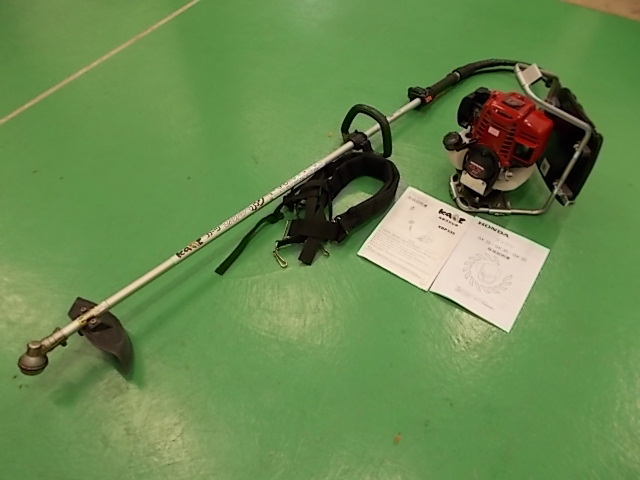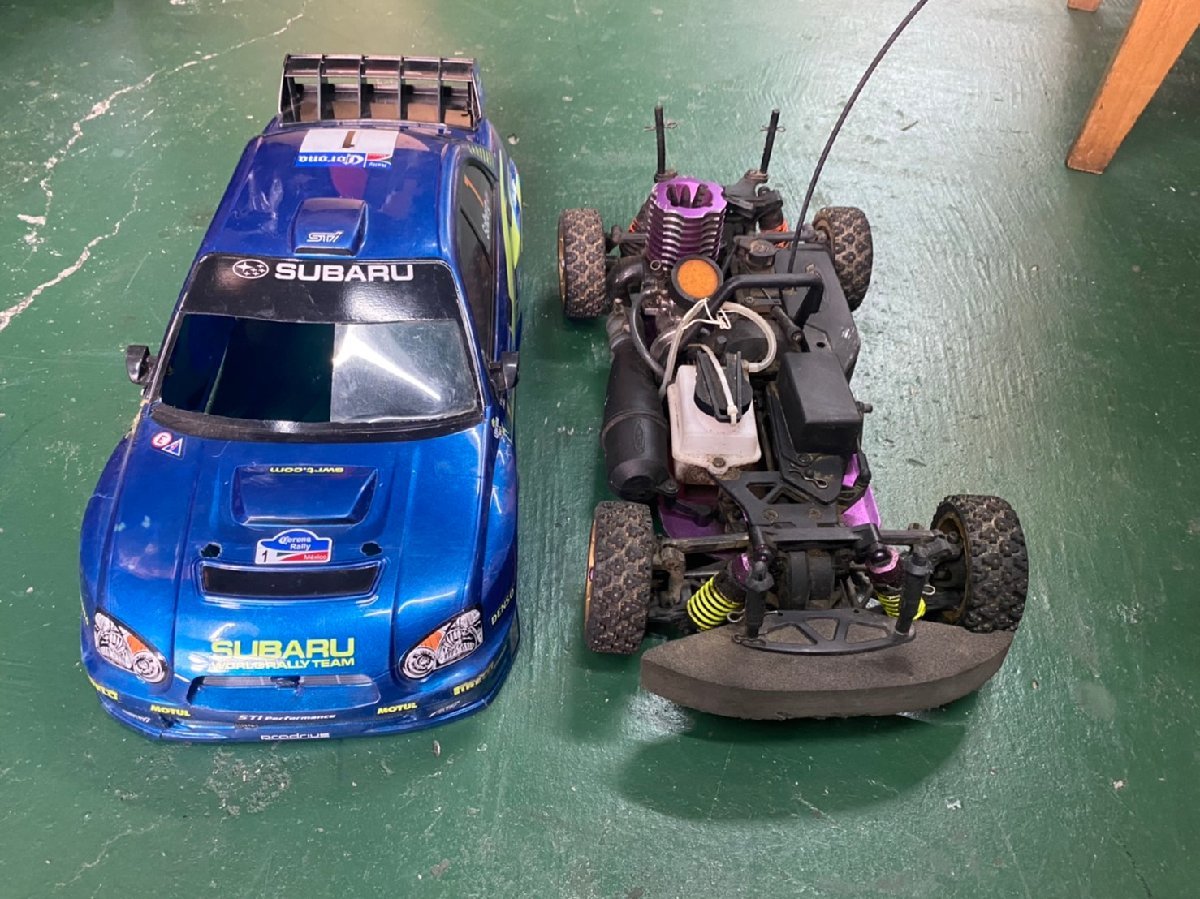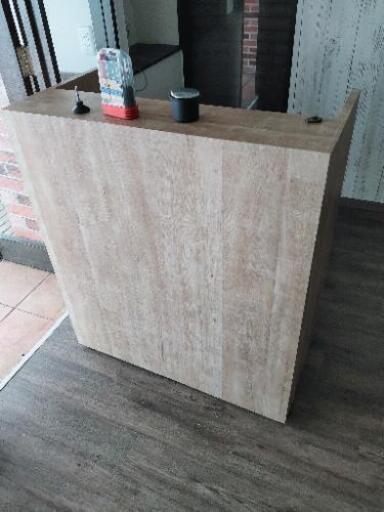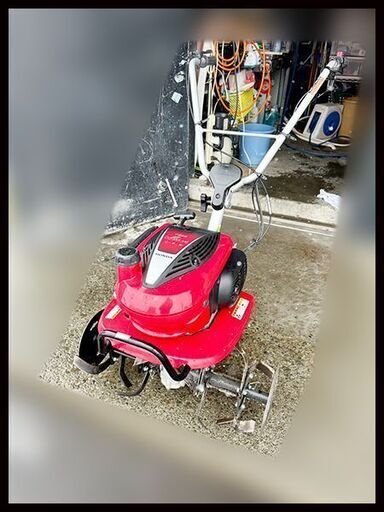
マイストア
変更
お店で受け取る
(送料無料)
配送する
納期目安:
06月20日頃のお届け予定です。
決済方法が、クレジット、代金引換の場合に限ります。その他の決済方法の場合はこちらをご確認ください。
※土・日・祝日の注文の場合や在庫状況によって、商品のお届けにお時間をいただく場合がございます。
【美品】 FUJIFILM X-S10 ボディ 富士フィルム xs10の詳細情報
ご覧いただきありがとうございます。今年の2月にマップカメラにて新品購入しましたが、緊急事態宣言が続き外出も出来ず、この先も出番があまりなさそうなので出品します。外で試し撮りした程度なので、シャッター回数も僅かです。使用上何ら問題なく、主観ではありますがかなりの美品です。付属品も全て揃っております。内箱に少々破れあります。
ベストセラーランキングです
近くの売り場の商品
カスタマーレビュー
オススメ度 4.9点
現在、5827件のレビューが投稿されています。
























